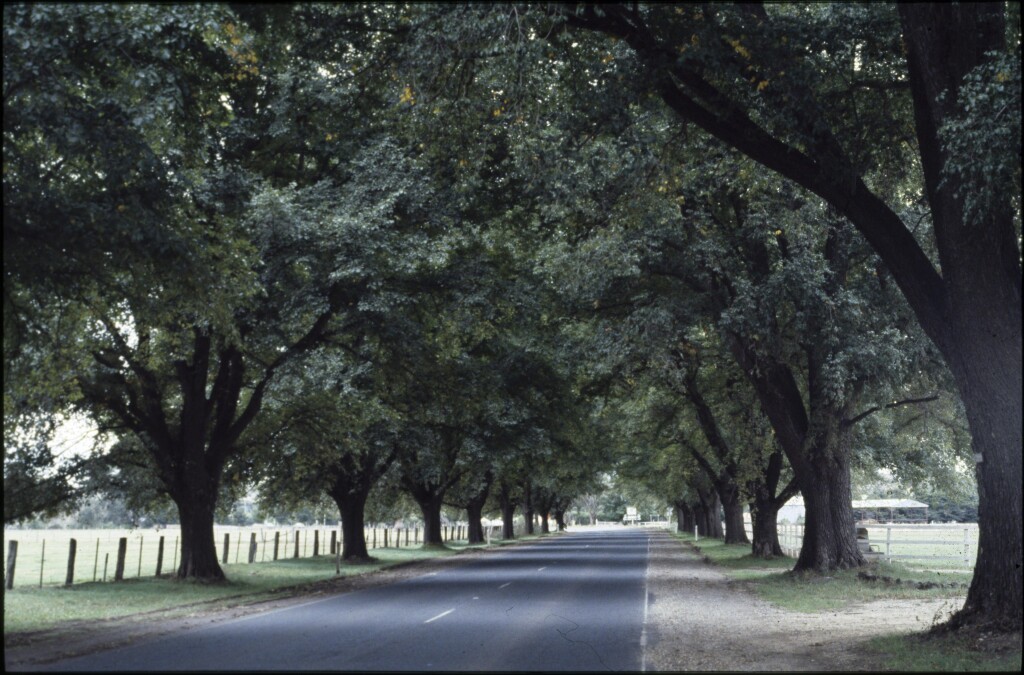Ulmaceae
Trees or shrubs, evergreen or deciduous, monoecious or polygamous. Buds scaly. Leaves simple, mostly alternate, often distichous, pinnately nerved or 3-nerved at base, entire or serrate, petiolate; base often oblique, stipules small, deciduous. Inflorescence axillary, solitary, racemose or cymose. Flowers small, inconspicuous, more or less actinomorphic, hypogynous or perigynous, unisexual or bisexual; perianth 4–8-lobed (usually 5-lobed), in 1 whorl; stamens usually as many as perianth lobes, free or joined to perianth tube; staminodes present or absent in female flowers; ovary superior; carpels 2 or 3, fused, usually unilocular; pistillode present or absent in male flowers; styles free; ovule 1 per locule, usually pendulous. Fruit a nut, drupe or samara.
6 genera with c. 40 species in tropical and temperate regions; Ulmus widely grown and naturalized in Australia.
Entwisle, T.J. (1996). Ulmaceae. In: Walsh, N.G.; Entwisle, T.J., Flora of Victoria Vol. 3, Dicotyledons Winteraceae to Myrtaceae, pp. 79–79. Inkata Press, Melbourne.
 Spinning
Spinning


